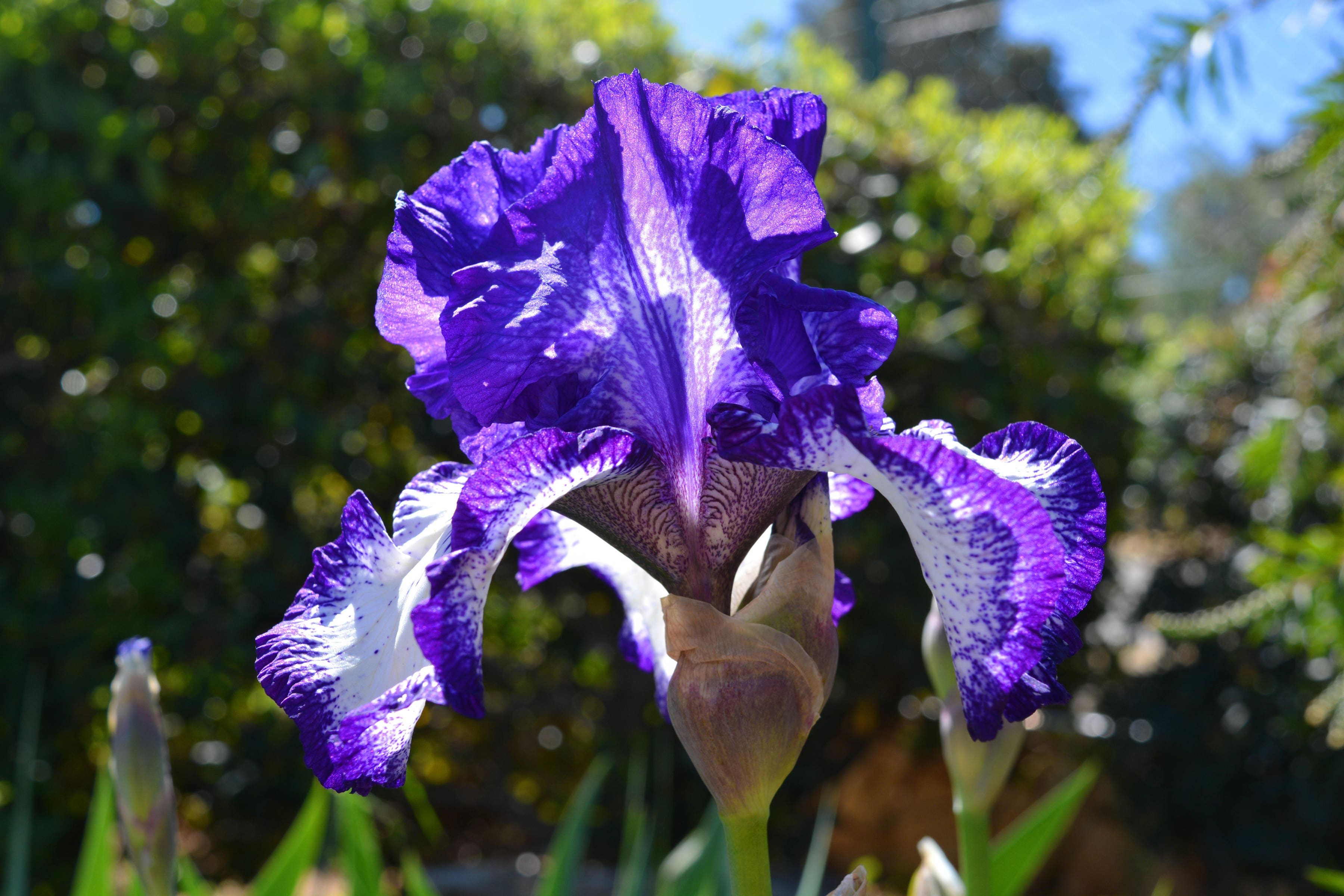How to grow Chelsea Flower Show’s dazzling irises
Enjoy these showstopping plants in your own space, says Hannah Stephenson.

Your support helps us to tell the story
From reproductive rights to climate change to Big Tech, The Independent is on the ground when the story is developing. Whether it's investigating the financials of Elon Musk's pro-Trump PAC or producing our latest documentary, 'The A Word', which shines a light on the American women fighting for reproductive rights, we know how important it is to parse out the facts from the messaging.
At such a critical moment in US history, we need reporters on the ground. Your donation allows us to keep sending journalists to speak to both sides of the story.
The Independent is trusted by Americans across the entire political spectrum. And unlike many other quality news outlets, we choose not to lock Americans out of our reporting and analysis with paywalls. We believe quality journalism should be available to everyone, paid for by those who can afford it.
Your support makes all the difference.Irises are often the colourful stars of the RHS Chelsea Flower Show, not just in deep blue hues, but in yellows and rustic oranges too.
Renowned garden designer Sarah Price is designing the show’s Nurture Landscapes Garden, which features a plethora of irises in a variety of moody pastels, purples and deep yellows – inspired by the artist and plantsman Cedric Morris and his naturalistic garden at Benton End, Hadleigh, in Suffolk, where he bred and planted 90 different varieties.
“Irises are always a favourite at Chelsea, because it provides a natural moment when they bloom and you are really seeing them at their peak,” Price enthuses.
Want to grow your own irises? Price offers this step-by-step guide…What types of iris might you plant?
“Cedric experimented with plant breeding but the iris are a strain of Iris germanica, bearded irises. Those we are used to seeing today are highly bred, so maybe slightly shorter but flower for longer. But there is something particularly beautiful about the Benton iris.”
Price’s favourite is the ‘Benton Olive’, a yellow-olive Iris with drooping outer falls delicately streaked with purple.
You can also grow our native Iris pseudacorus in ponds, where their roots and crowns can be covered by water, and Iris x robusta ‘Gerald Darby’, with purple flower stems which carry blue flowers in midsummer and will grow in shallow water.Which situation do they need?
Most irises are happiest in full sun, although the variety Iris foetidissima (stinking iris) will grow to around 80cm in deep shade, producing purple flowers followed by orange berries.
When do you plant them?
“The planting season is generally April to October. I usually buy them in a pot or in divisions from other gardens,” says Price.
What about soil?
“They need neutral free-draining soil, and never feed with nitrogen, because it will just produce leaf growth.”
How should you plant them?
“Their rhizomes (like bulbs) are baked in the sun so that they can create the flower cells to ensure good flowering the following season,” explains Price. “So if you have a sun trap in the garden, plant the iris so their rhizomes are on the top of the soil or the gravel, so that they get a good baking.
“It’s really important that they have space around them to thrive. Irises will form dense colonies, but the more space you give them, the more they will flower for you. They bulk up quickly, so plant the plants around 20-30cm apart so there’s a good air flow between them.”
Can you plant them in pots?
“Yes, Iris reticulata are great for pots. They look like little bulblets, which you’d just plant a few centimetres below the soil.”
Do you need to protect them from the wet and cold?
“Provided they are in free-draining soil, they should be fine. I live in Wales and I don’t protect mine, although the worst thing for them is winter damp, but if you plant them in a sunny spot in free-draining soil or add grit to heavier soil, they should be ok.”
How do you maintain them?
After flowering, remove the spent flowers at the base of the stem, so the plants can concentrate their energy into producing a new rhizome, Price advises.
They should be divided every four to five years, after flowering, usually in July. It’s good to replant them as soon as possible, and cut back the leaves into a fan shape to prevent wind rock, she suggests.
Can you extend the flowering period?
“No. They are fleeting (they may just flower for a couple of weeks, depending on the weather) but when they are flowering, they are magnificent. Some strains are hardier and don’t get rust, such as ‘Jane Phillips’, a very dependable iris with a pale lilac-blue flower,” Price adds. “It’s very easy to grow and has beautiful fragrant flowers in May and June.”
The RHS Chelsea Flower Show takes place from May 23-27. Visit rhs.org.uk